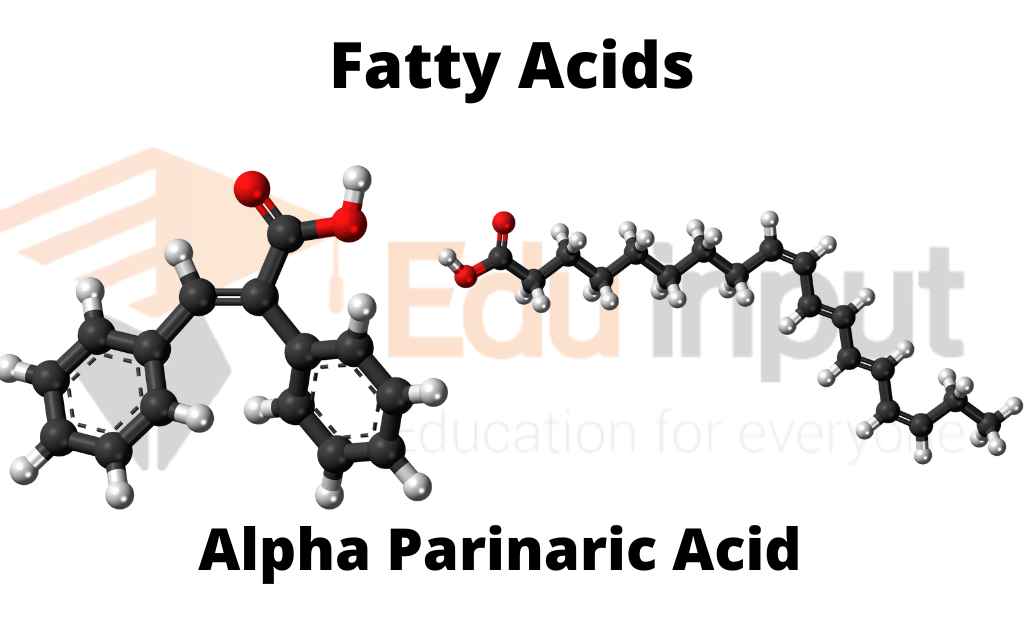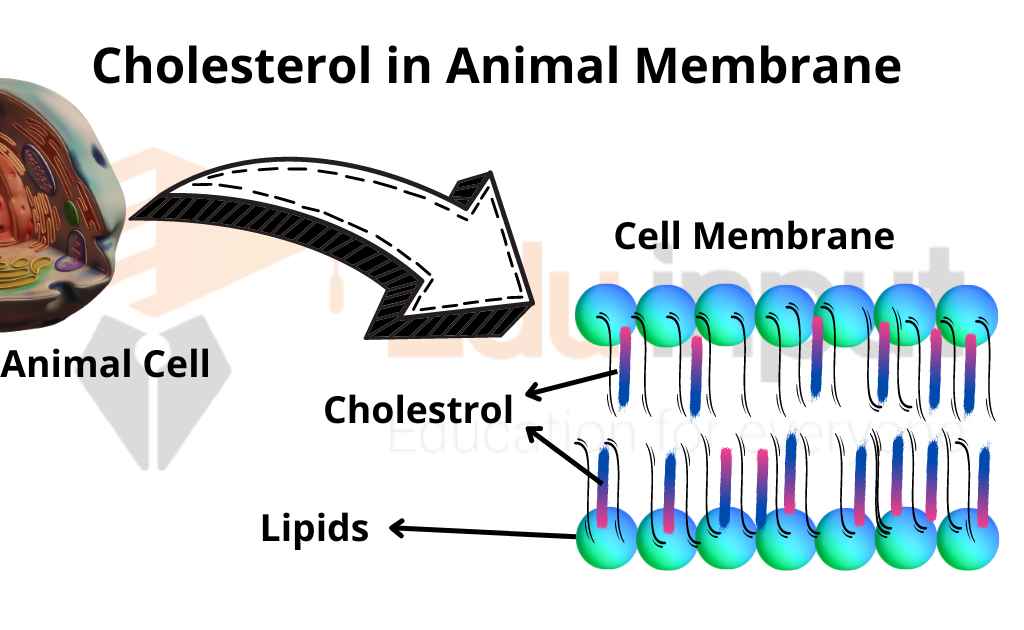Fatty Acids- Occurrence, Classification, and Examples | Essential Fatty Acids
Fatty acids are a type of carboxylic acid that has a hydrocarbon side chain. They are a simple form of lipid. Fatty acids are organic compounds found in food and are essential for human health. They play important roles in metabolism, energy storage, cell signaling, and immune function.
Occurrence of Fatty Acids
Fatty acids are most commonly found in a lipid’s esterified form, meaning that they’re combined with other molecules. They can also exist on their own as free fatty acids. The fatty acids that come from animals are usually simpler in structure than those coming from plants.
This is because plant-based fatty acids often contain additional features like epoxy, keto, hydroxy, and cyclopentane rings.
Even and odd carbon fatty acids Most of the fatty acids that occur in natural lipids are of even carbons (usually 14C – 20C). The biosynthesis of fatty acids usually involves the sequential addition of two carbon units. Palmitic and stearic acids, which have 16 and 18 carbons respectively, are among the most common.
Among fatty acids with an odd number of carbons, propionic and valeric acids are well-known examples.

Classification Of Fatty Acids
Fatty acids are classified into two types saturated fatty acids (SFAs) and unsaturated fatty acids.
Saturated And Unsaturated Fatty Acids
Saturated fatty acids lack double bonds, while unsaturated fatty acids contain at least one. Both saturated and unsaturated fatty acids are common in natural lipids.
Fatty acids that contain a single double bond are monounsaturated, and those with two or more double bonds are referred to as polyunsaturated fatty acids (PUFA).

Examples Of Saturated Fatty Acids
SFAs include
- Palmitic Acid (C16)
- Stearic Acid (C18)
- Lauric Acid (C12)
- Myristic Acid (C14)
- Arachidic Acid (C20)
Examples Of Unsaturated Fatty Acids
UFAs include
- Alpha Parineric Acid
- Oleic Acid (C18)
- Linoleic Acid (C18)
- Α-Linolenic Acid (C18)
- Eicosapentaenoic Acid (C20)
- Docosahexaenoic Acid (C22)
- Docosatetraenoic Acid (C22)
Nomenclature of Fatty Acids
Naming a fatty acid can be difficult because it is based on the hydrocarbon it is derived from. Systematic names help to make the process easier by taking into account the source of the fatty acid. The saturated fatty acids end with a suffix Anoic (Octanoic Acid) while the unsaturated fatty acids end with a suffix Enoic.
Essential Fatty Acids
There are certain types of fatty acids that the body is unable to produce, and these need to be consumed through the diet. These are known as essential fatty acids (EFA). chemically, they are polyunsaturated fatty acids, such as linoleic acid and linolenic acid. If the precursor to arachidonic acid, linoleic acid, is not present in the diet in sufficient quantities, then arachidonic acid becomes essential.
Biochemical Basis For Essentiality :
Linoleic acid and linolenic acid are essential since humans lack the enzymes that can introduce double bonds beyond carbons.
Functions of EFA :
Essential fatty acids are required for the membrane structure and function, transport of cholesterol, formation of lipoproteins, prevention of fatty liver, etc. Essential Fatty acids are important for the synthesis of another group of compounds, known as Eicosanoids.






Leave a Reply